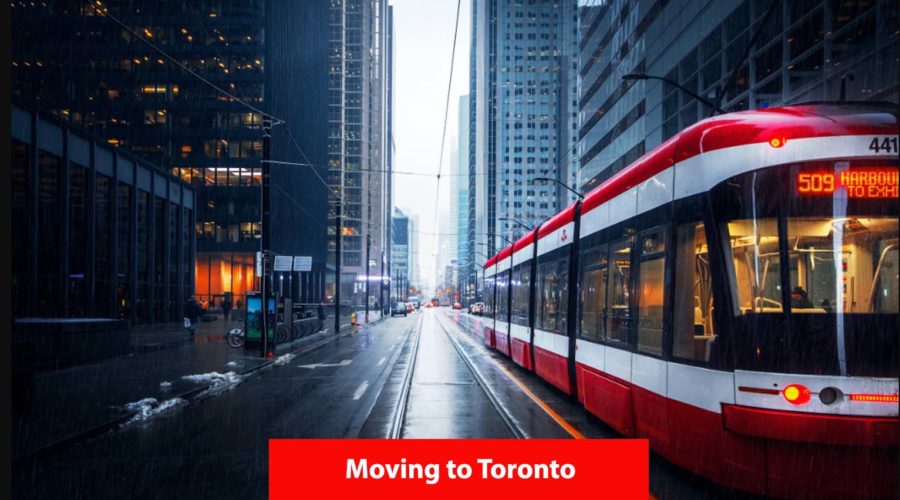Moving to Toronto: 10 Tips for Newcomers
Moving to Toronto is perhaps the first thing that comes to mind for most people who are considering their options about moving to Canada. It is the largest city in the nation and the center of a 6 million-person metropolitan area. Toronto life is remarkable, exciting, and full of discovery, and for good reason.
Toronto offers a lot of benefits to its citizens, which is perhaps one of the main reasons it is frequently ranked among the best cities in the world to live in.
Perhaps you are considering relocating to Toronto to be one of the millions of foreign students and laborers who already call this city home. To learn about how to move to Toronto, the beauties of this big city, finding a job, and its culture, make sure to continue reading.
Moving to Toronto From the U.S.
You probably would ask why move to Toronto instead of the cities in the world. Well, Toronto has a strong multicultural society, a variety of weather, and first-rate universal healthcare for foreign nationals living in Canada. Moreover, it also has one of the best skylines in North America with the famous CN Tower view.
If your only knowledge of Toronto is that people there enjoy hockey and maple syrup, and you’re considering moving to Toronto from the United States, you’re missing out on a fantastic chance to get to know this beautiful city.
Given that Toronto is one of the most varied cities in the world and that half of its population is foreign-born, it is obvious that a large number of American immigrants and expatriates reside there. However, multiple visas are available based on the purpose and length of one’s desired stay in Canada.
You might not require a working visa if you are an American coming to Toronto on a business trip and do not plan to work there. Still, if you want to take a job in the city, or want to start a business in Toronto, you’ll probably need a work permit.
Moving to Toronto From Canadian Cities
Moving to Toronto can occur from other cities of Canada as well. For example, The trip fee for a typical move from Ottawa to Toronto is around $1570.5, which includes the cost of petrol, food, and the moving crew’s time spent on the road.
The cost of moving from Montreal to Toronto may range from $2,000 to $7,000 in Canadian dollars. Depending on the size and quantity of belongings you intend to transfer, as well as the method chosen, the price may occasionally increase.
For Vancouver, your cost would be between $6,000 and $10,000+ if you are dealing with a reliable moving company for the entire relocation procedure. Of course, there are a lot of variables that affect moving costs, including the quantity and weight of merchandise that needs to be carried.
If you want to reduce the costs of moving to Toronto, you can easily find furnished apartments in downtown Toronto or other locations.
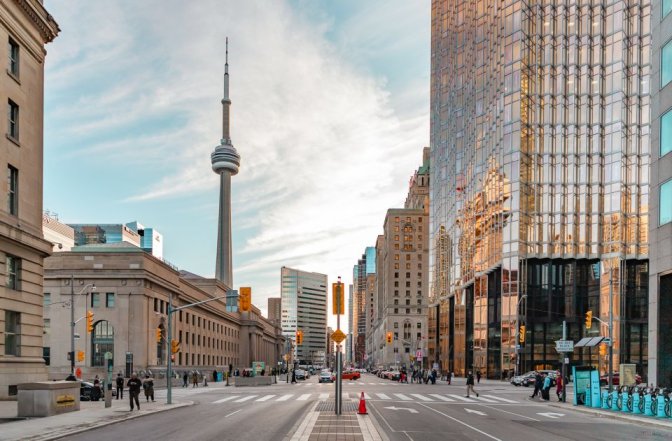
Cost of Living In Toronto
Knowing how far your money will go is one of the most crucial things to know before relocating to a new city. You should compare the cost of living in Toronto with your current city. For example, if you are moving to Toronto from Montreal, you need to know that the expenses are higher. However, the wages are higher as well.
Compare living in Toronto vs Montreal to ensure you are choosing the best place for living based on your preferences and lifestyle.
On the other hand, if you are moving to Toronto from the UK, prices in Toronto are generally comparable to those in the UK, especially London. However, groceries are a little bit higher, which is about 27% more expensive.
Prices do not matter if you know how to find a job in Toronto because if you don’t have a job, you won’t be able to afford the prices. So, consider finding a job first to forget all the concerns you may have about living expenses in this city.
If you have any problem finding the right job in this city, you can find good employment agencies in Toronto that can find you a job based on your talents.
Next is a comparison between some of the most basic cost of living in the big cities of the world:
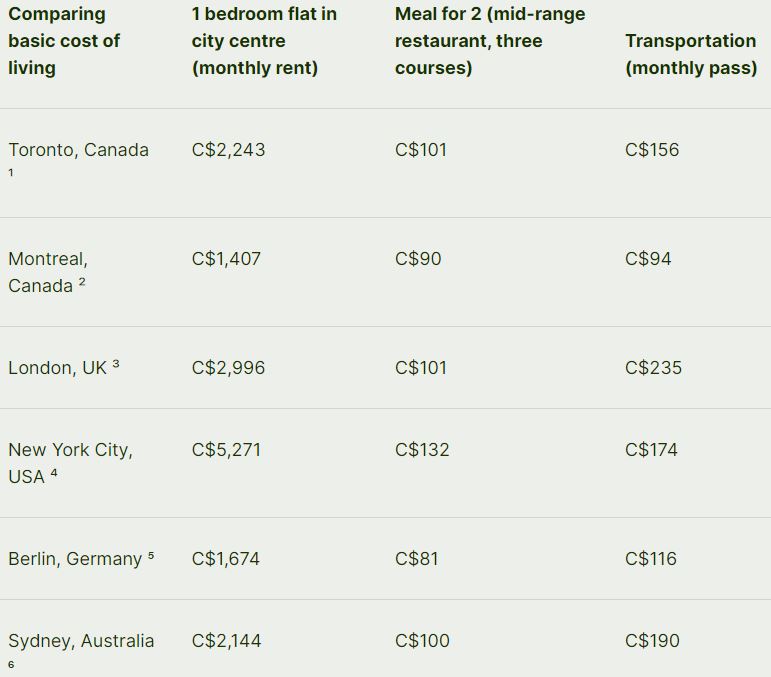
10 Tips About Moving to Toronto
In this part, we will go through some of the Toronto tips, so you can be more familiar with this big city and learn how to cope with different situations:
1. Housing Situation
The suburbs of Toronto are every bit as lively and exciting as the city itself. Forest Hill, Yorkville, North York, and Bedford Park are some of the best neighborhoods in Toronto that are renowned for having spotless streets, top-notch educational institutions, and vibrant nightlife.
For example, if you are a single family and trying to move to Toronto, High Park – Swansea, is the place for you. In Toronto’s west end is the quiet and energetic at the same time neighborhood of High Park – Swansea. Swansea joins Lake Ontario to the south, where access to Sunnyside Beach and Gus Ryder Pool is provided for locals.
Grocery stores, dining establishments, and educational institutions like Senior Public School, and Swansea Junior are all conveniently close by which is great for families with kids.
A significant proportion of the population, aged 35 to 64, lives in apartments and condos in addition to the majority of single-family residences.
The fact that the Toronto suburbs all have distinctive architectural styles that are appealing to a wide range of people is another enjoyable element of them. Many of the Toronto suburbs offer the subdivision look to a community and home if that’s something you’re interested in. You can find mixed European architecture in various suburbs.
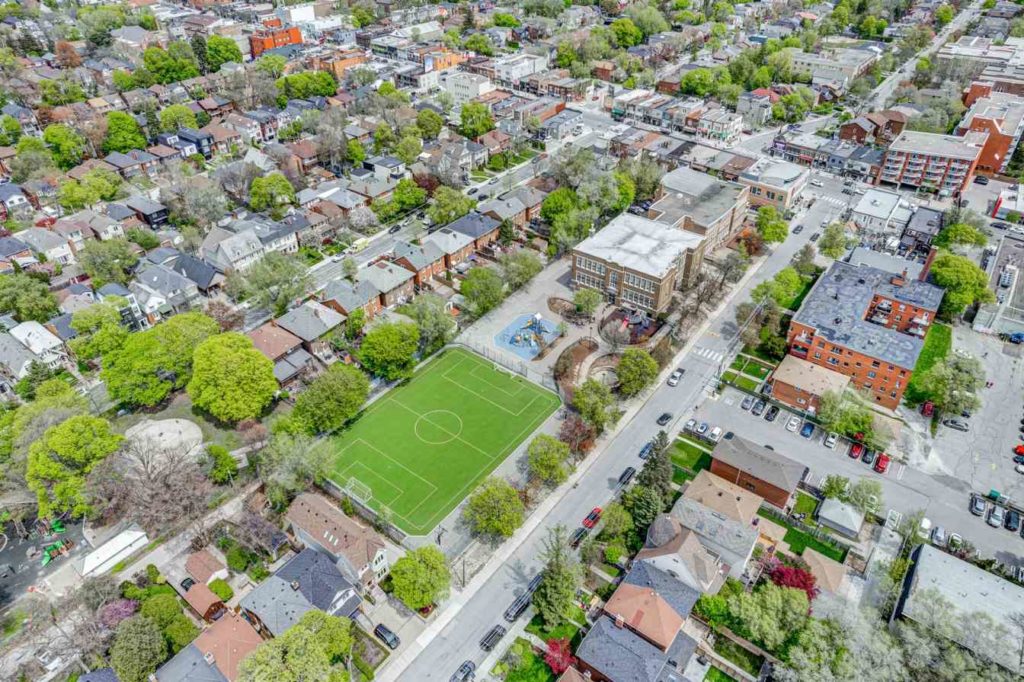
2. Entertainment
There are numerous new and ancient theaters in Toronto that host a wide range of live performances. One of the most well-known locations for live music events is Massey Hall. Another great building that is dedicated to performing arts is the Four Seasons Centre which hosts international live-stage plays.
Additionally, having fun in Toronto is not always pricey. There are plenty of free things to do in Toronto, so as a newcomer, you can still enjoy your night without spending money. However, after a while, you may find time to visit top museums in Toronto.
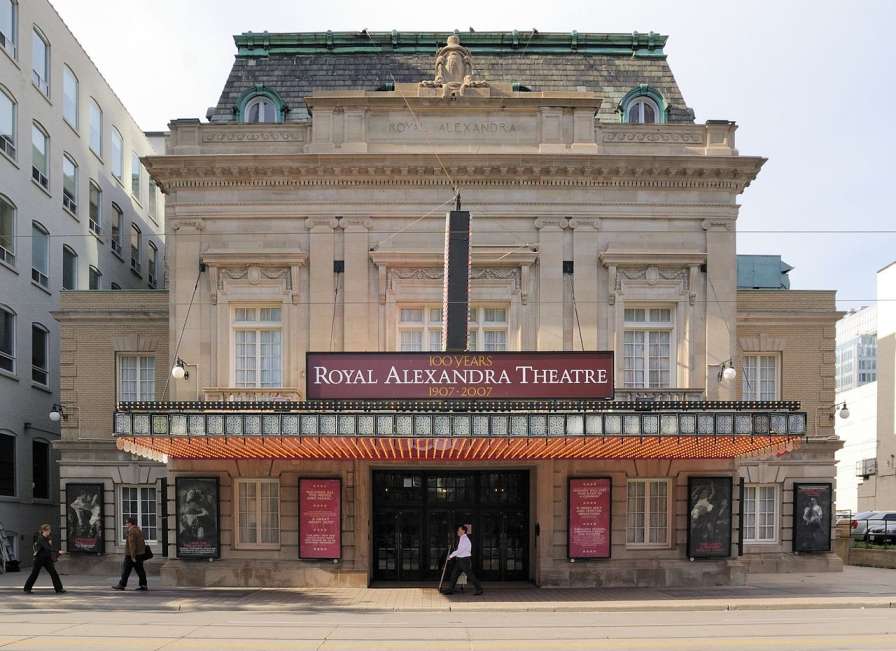
3. Drinking
Canada has a lower drinking age of 19 than the US, where it is 21. Bars usually close at two in the morning, but in recent years, the craft beer industry has taken off, and beer enthusiasts will appreciate the variety of products produced by the area’s inventive and artisan breweries. If you do drink, please remember to do so responsibly and with no drama included.

4. Education
There are many different possibilities for adults and kids to receive proper education in Toronto. Children who wish to go to college and adults who want to return to school can both choose fields of study offered by the University of Toronto at its several sites across the city.
Additionally, there are many public and private schools in the city where families can select for their kids. However, you may need to check out their availability and any required documents before moving to Toronto.
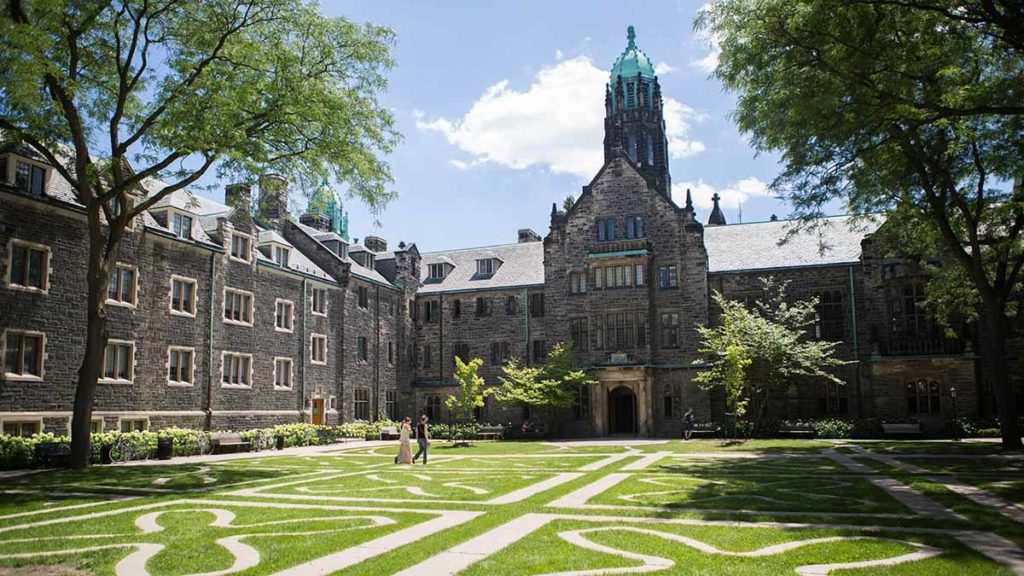
The city and suburban districts provide summer educational programs for children at every level in addition to normal school-year programming.
5. Nightlife
Toronto’s wild and diverse nightlife is well-known worldwide. Thousands of clubs and bars exist in the city, offering a diverse range of cultural offerings. The dozens of cultural exhibits and events that the city’s clubs and even institutions host are another well-known feature.
Toronto Nightlife is definitely one of the best in the world that should be praised and enjoyed.
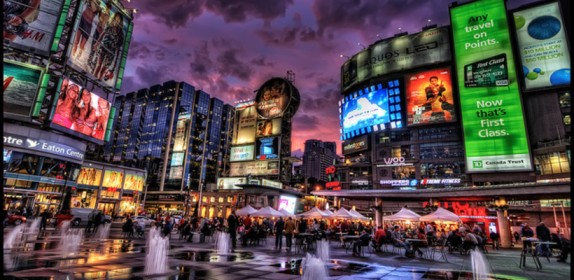
6. Weather
The city typically receives a layer of snow between November and April, and the winter months of December through March are somewhat frigid. Carry plenty of warm clothing and some durable, water-resistant winter footwear to safely walk on the icy sidewalks, and you’ll be set.
However, the good news is that Toronto isn’t nearly as chilly as other of Canada’s northern cities! And it also has all four seasons, so you won’t stuck in cold weather.

7. Language
Although English and French are both co-official languages in Canada, English is used more frequently in Toronto. So if you are an English speaker, you won’t have much problem in this city.
Being one of the most multicultural cities in the nation, you may also hear discussions in Chinese, Italian, and Spanish in addition to encountering a wide range of people from other ethnicities.
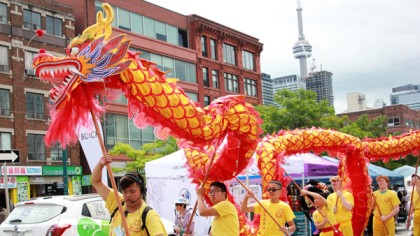
8. Apply for OHIP
One of the things that can help you reduce your expenses in Toronto is having a public insurance. If you are living in Toronto for 3 month, you can apply for Ontario Health Insurance Plan, which is the government-run health insurance plan for residents of the Canadian province of Ontario.

The first thing to do is filling your OHIP application forms which must be done in person at a ServiceOntario dedicated center. To find your closest location, visit the ServiceOntario Center website.
You may download and complete the necessary Registration for OHIP form prior to visiting a ServiceOntario Centre. The form is available in both English and French. Alternatively, obtain a copy and complete a form at a Service Ontario Center.
Next, gather the three pieces of identification that show your identity, your residence in Ontario, and your ability to live in Canada.
The Ontario government has given a comprehensive list of documents required in order to obtain a health card, in case you are uncertain about what items are acceptable.
All you need to do now is to visit one of the OHIP centers and follow their routine. Your card will be send to you in one or two working weeks.
9. Tipping in Toronto
In Canada, typical tip amounts are established for various services. Tipping is commonly done at pubs, restaurants, hotels, taxi services, train attendants, and other personal service providers.
Tipping is usually at 15 to 20 percent for services rendered and $1 per drink for bartenders. Baristas and liquor shop employees typically have a jar where it’s common to drop a few pennies. The sum varies greatly amongst drivers of taxis.
Use local money for tipping to make calculations and exchanges easier. In Canada, there is no set amount for tips, so you are free to leave as much as you like as long as the establishment accepts them.
10. Shopping in Toronto
Are you the only one in your group who wears and is aware of the newest styles of clothing? There are plenty of clothing stores in Toronto that will help you stay ahead of the curve.
If you are a mall fan, Toronto Eaten Centre is what you are looking for. It is considered the most famous retail center in the city. You can find About 200 stores in this stunning landmark, which is situated in the center of the city. Everything is at the Eaton Centre, from Abercrombie to Zara.
Another great mall in this city is Premium Outlets Toronto. With an enormous selection of well-known brands at unbeatable rates, the Toronto Premium Outlets are the place to go for fantastic bargains. It takes around 40 minutes to get to this mall from the city center, but the trip is well worth it.

You can get high-end products at affordable prices at an outlet mall. One of the best in the country. A little fact is that the Toronto Premium Outlets was the first of its type in the Country.
Conclusion
Being one of the greatest cities in the world, Toronto is always a desired destination for immigrants from all over the world. For moving to Toronto, all you need is a bit of information and a solid goal to follow when you arrive in the city. We tried our best to provide you with the information you need to move to Toronot and have a new life.
FAQs
Let us go through some of the most common questions asked online about our topic which is moving to Toronto:
1. Is Toronto a Good Place to Live?
Toronto is a metropolis in North America that has a high quality of life. You can expect to have a great life there if you have a goal and the means to achieve it. Like all big cities, Toronto can be harsh on its residents if they can’t provide what it takes to live there.
2. Is It Worth It to Move to Toronto?
Toronto can be a wonderful place for you to move if you’re seeking a career in the media, arts, culture, or technology. Toronto, one of the economic engines of Canada, provides opportunity and stability across a range of industries, with a growing emphasis on technology.
